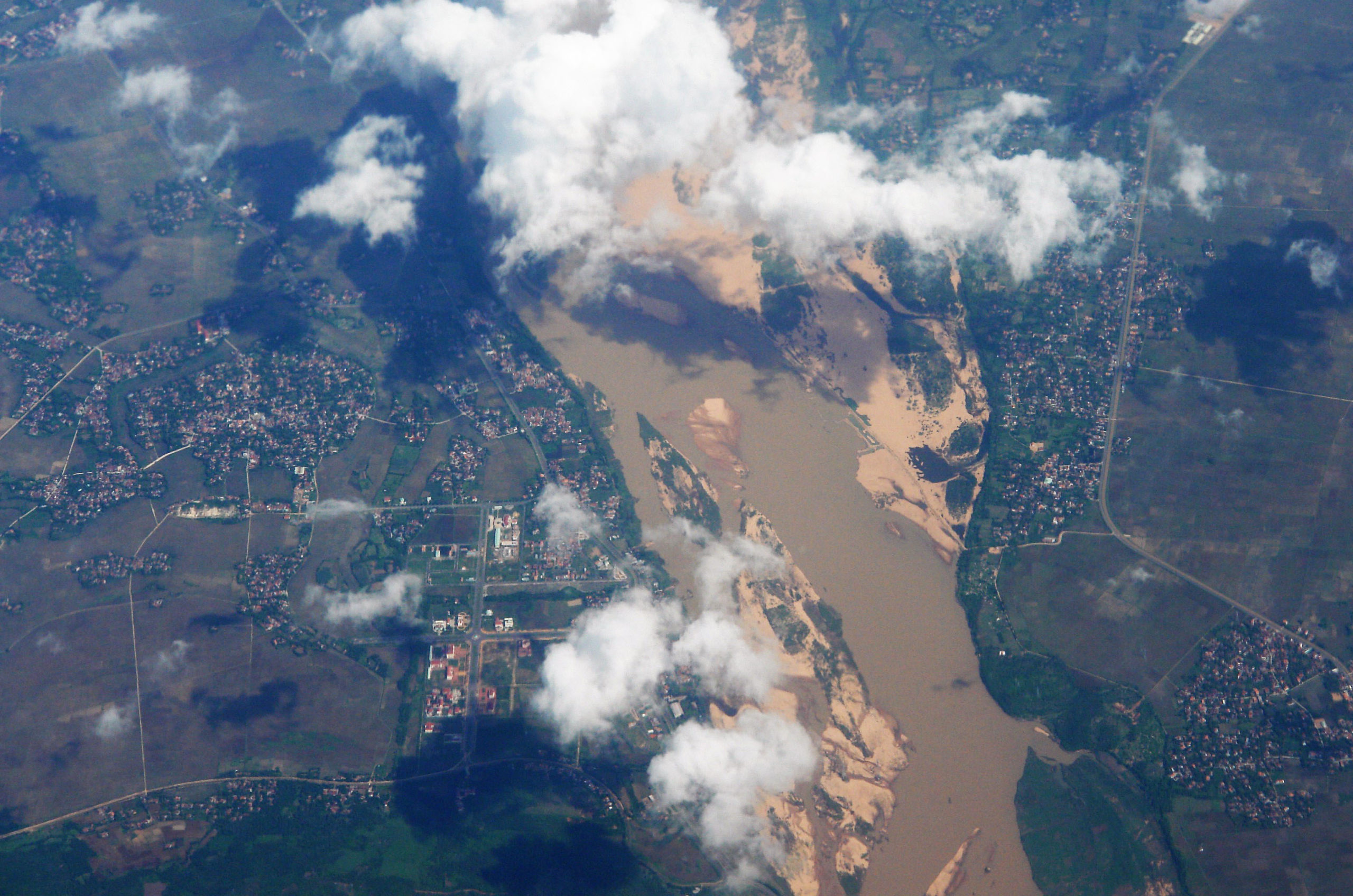Improving food security in Africa with Earth Observation technologies: key insights

In July 2023, 115 people from across the UK and Africa joined us online to discuss how Earth Observation (EO) technologies can support innovation across agriculture and food production in Africa.
This event was part of AgriFood Africa Connect, funded through the GCRF AgriFood Africa programme which is delivered by Innovate UK.
Read more on Earth Observation Technologies and how they could impact African agriculture.
It is well known that food security is a major problem in Africa, with approximately 800 million people affected by hunger in 2021. Environmental disasters caused by climate change are expected to exacerbate food security challenges. Additionally, external factors, such as import requirements, sustainability concerns, and changing consumer demands, are driving the imperative for a more efficient and sustainable AgriFood sector.
During this webinar, we explored how the adoption of EO technologies can help to improve African agriculture economically and environmentally.
EO can be used to detect and predict pest and disease outbreaks, forecast weather and yields, identify crop nutrition requirements, track livestock movement and monitor deforestation and carbon emissions. Having access to this information allows products like index-based insurance1, tailored agricultural and rural extension services, and precision agriculture tools to be developed to help improve supply chain efficiency and traceability.
Speakers raised three key points to ensure EO technologies deliver impact for users.
1. Bridging the gap between technology and impact
There is a gap between the development of Earth Observation technologies and their transition to viable, adopted applications that translate into impact.
Massive technological advancements have occurred in EO over the last decade. Thousands of satellites are now operational and generating huge amounts of data. Drones are getting cheaper and more readily available. Alongside this, machine learning (ML) and artificial intelligence (AI) algorithms can be used to develop new tools to address some of agriculture’s biggest challenges. However, there is currently a huge gap between the new technology being developed and its impact on the ground.
Tools, methods, and products need to be adapted to the needs of farmers and policy makers. Ground truthing, which involves using in-situ experts and technology specialists, as well as incorporating indigenous knowledge, is essential to transforming these technologies into practical tools. To do this, local infrastructure constraints like internet connectivity and the equipment needed to access new technologies, must also be considered.
2. Interdisciplinary teams are key
Teams working to deliver impact from EO technologies need to be interdisciplinary.
The consensus amongst speakers was that interdisciplinary teams are needed to harness the full potential of EO technologies. Some excellent examples of powerful collaborations between technology providers, researchers, farmers and companies were presented at the event.
Sucafina and Trade in Space discussed their work on mapping coffee farms in Rwanda.
CABI spoke about their work with Assimila looking at pest prediction and mapping.
Rothamsted Research spoke about their work with drones to detect cocoa swollen shoot virus in collaboration with Rail Vision, Certis, and Positive Agro Solutions LTD in Ghana.
ACC Clyde space is delivering data from a constellation of satellites to WYVERN using hyperspectral payload provided by Semira Sense, this will allow to get insights on crop health, soil nutrient content, and other agricultural applications.
3. Organisations need to collaborate and work at a landscape scale to have impact
The importance of collaborative approaches and the need to work at a landscape scale rather than in isolation as individual companies or supply chains was emphasised. Common challenges like lack of infrastructure, and the need for in-country capacity building in rural Africa will be easier to tackle if various actors could collaborate in a precompetitive manner.
In summary, the webinar demonstrated how EO technologies have a significant economic and environmental potential for improving African agriculture. But to achieve, this there is a need to invest in: infrastructure (e.g. connectivity), on-the-ground data gathering including indigenous knowledge, and capacity building. Interdisciplinary and pre-competitive collaboration between organisations might be the best approach to tackle these challenges and lead to an effective uptake of EO technologies in Africa.
If you are interested in Earth Observation Technology and would like to know more, or if you need support with funding or finding partners for a collaborative project, please get in touch at gcrf.agrifood@iuk.ktn-uk.org.
1Index-based insurance: insurance primarily used in agriculture particularly for smallholders in developing countries. This insurance mechanism offers compensation to farmer when production losses exceed predefined thresholds, these are linked to an index that is based on factors like rainfall, pests and diseases and other environmental factors.
Related Events and Recordings
Related programme

AgriFood Africa Connect
Innovate UK AgriFood Africa Connect brought innovative people and organisations across the UK and Africa together to develop solutions for the sustainable management of AgriFood systems in Africa.

